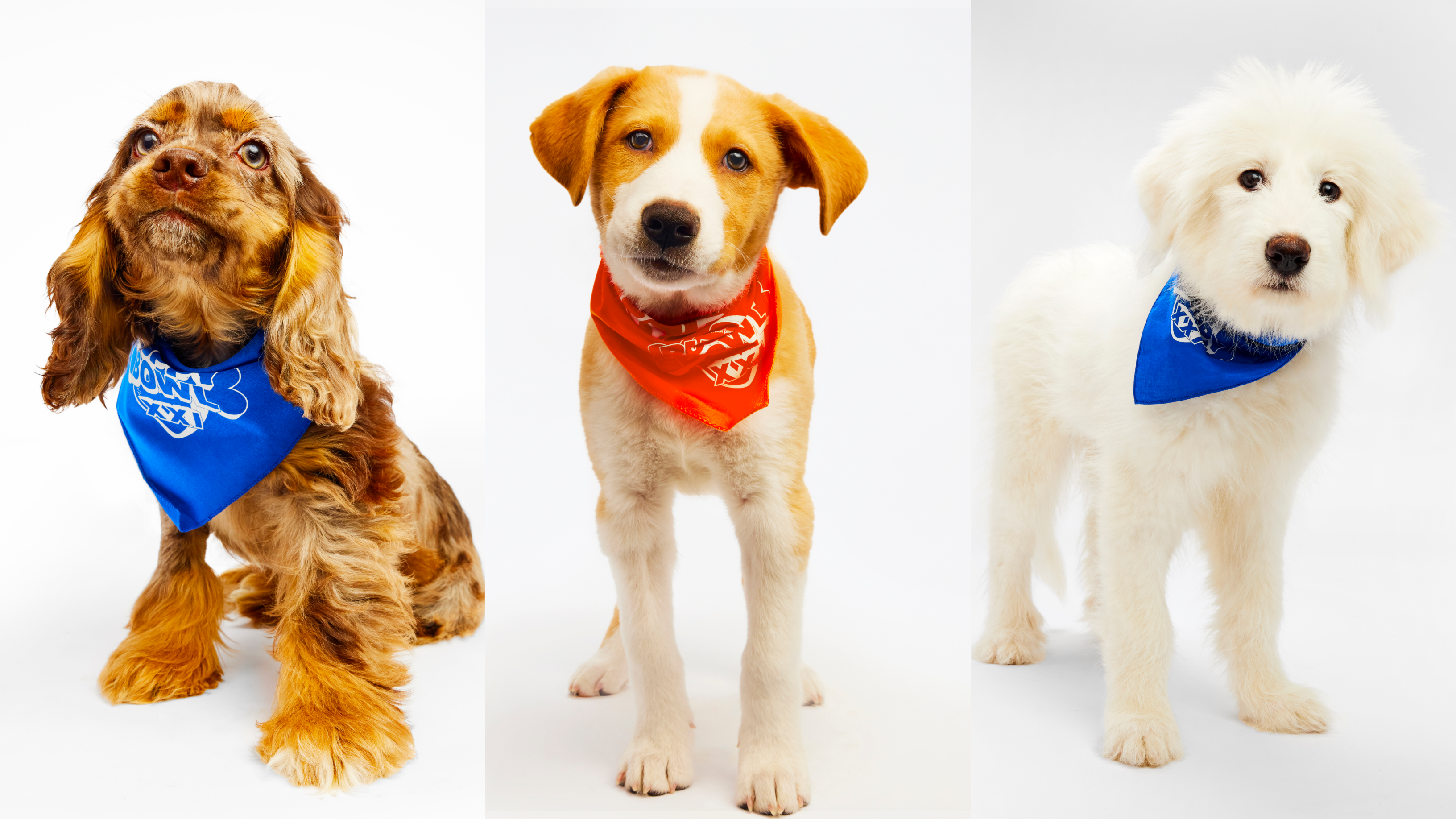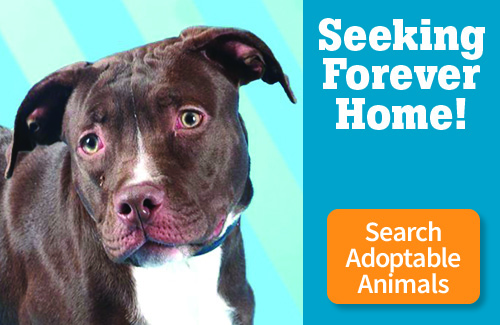What is the impact of canine aggression toward a child?
Dogs are a wonderful part of many children’s lives. However, fearful or aggressive dogs pose an enormous risk to a child’s safety. Children can behave erratically, move in unpredictable ways and make a host of loud and sudden noises. Children are often very interested in dogs and may want to touch them even when they are showing signs of fear or aggression. Children are at greater risk because they are at the same level as the dogs due to their height and because they are often interested in similar things (toys, food). Children may behave inappropriately towards dogs by pulling their tails, hair or ears. Most dog aggression towards children is fear based, though many dogs will also show aspects of food, possessive and territorial aggression as well.
According to the CDC, 800,000 people seek medical attention for dog bites each year, half of which are children. Dog bites are most prevalent among children ages 5 to 9 and are more prevalent among boys. Children under 4 years old are most likely bitten in the head or neck due to their height. As children grow older, extremities become the more likely target. Children are most likely bitten by dogs they know; children under 6 are often bitten in circumstances involving food or possessions, while older children when approaching or invading a dog’s territory. This risk increases when living in multiple dog households. Family pets inflict two thirds of dog bites to children. In a retrospective study by Dr. Ilana Reisner, 66% of dogs had never previously bitten a child and 19% had not bitten a human. This shows that any dog may bite and biting may be a normal canine response to perceived threatening situations. Dogs and children do not know how to behave around each other instinctively. Steps must be taken to teach both dogs and children how to interact with each other safely.
How can I prevent my dog from being aggressive toward children?
The best way to address aggression toward children is to prevent it. During their socialization period (6 to 14 weeks of age), puppies are highly curious and impressionable. Making sure that puppies have numerous positive encounters with children of all ages during this period can help them cultivate a positive attitude towards children later on in life. Desensitizing them to being touched around the face and head and even tugged on gently will prepare them for the ways that they are touched by children. After 14 weeks of age, puppies become considerably more apprehensive of their surroundings and react more fearfully to threatening stimuli. It is important to avoid negative experiences during this time as much as possible. Avoid punishment techniques to make sure that dogs do not become fearful. Striking a dog can specifically cause a fear of being touched and may put children at a greater risk. Keep in mind that interactions with children outside of the home are not necessarily protective against fear and anxiety when later children occupy the home with the dog.
When choosing a dog for a family with children, take several factors into account. Consider breed and family history as well as the dog’s history of behavior around children. Try to spend time with the dog before adopting the dog into a house with children. Look for signs of fear, apprehension, or avoidance in the dog or in the children.
• Make sure to have your dog spayed or neutered.
• Avoid interacting with your dog in any manner that you would not want him/her to interact with a child (wrestling, rough-housing, punishing).
• If your dog shows any signs of aggression, seek professional help immediately before these habits become ingrained.
How should dogs be introduced to children?
• Never leave young children (under 10 years of age) and infants alone with any dog. Accidents can happen even with a friendly dog.
• Always securely confine when around children if they have shown any aggression in the past. The dog should also learn to wear a muzzle when necessary.
• An adult should closely supervise all introductions between children and dogs.
• Use of a head-halter and leash can be helpful for maintaining control of the dog and in preventing unruly, exuberant or aggressive behavior.
• Avoid punishment for bad behavior or disobedience as this can greatly increase a dog’s fear and make them more aggressive.
• If the dog finds the situation stressful or shows unwanted responses they should calmly and immediately be removed from the situation.
• Make sure you have good verbal control of your dog (sit, down, come, drop it).
• Have children give known commands to the dog if the encounter is going well. Ideally, these commands have been taught by positive reinforcement training which allows the dog to generalize and comply with commands given by a variety of adults and children.
• Keep aggressive dogs safely separated from children at all times
What can be done if my dog is already showing some aggression toward children?
Keeping children safe throughout this process is the primary concern. Once a dog has shown any signs of fear or aggression around children, you cannot assume that he/she will be safe to leave with children. Even if the dog has had several positive encounters with children, an adult should closely monitor all interactions. Accept the fact that sometimes an individual dog will never be safe around children.
It is important to talk to your veterinarian first before doing anything. Once you begin to work on the problem rely upon a behavior professional who utilizes reward-based training to address this problem.
How can children be taught to safely interact with dogs?
Children should be taught proper conduct around dogs starting as early as 18 months of age. Children should be positively rewarded for good interaction and immediately stopped if they are acting inappropriately. All interactions between children and unfamiliar, fearful or aggressive dogs should be monitored.
What should children be taught NOT to do?
• Do not play with dogs that are jumping up or acting too unruly.
• Do not disturb a dog that is eating, sleeping or caring for puppies.
• Do not touch a dog you do not know without asking permission.
• Do not touch a dog you do not know when there are no adults nearby.
• Do not touch any dog that is showing signs of fear or aggression.
• Do not pursue a dog that is moving away (moves away, crouches, growls).
• No teasing, punishing or rough play with any dogs.
• Do not touch a dog you do not know on the head.
• Avoid waving hands near a dog’s head.
• Avoid yelling, squealing or startling a dog.
What should children do around unfamiliar dogs?
• Ask permission from an adult prior to touching unfamiliar dogs.
• Give the dog a chance to approach, see and sniff them before touching.
• Let the dog come to them instead of reaching for the dog.
• Pet the dog only on the back and sides.
• Speak to them in a calm voice.
• Back away if the dog looks nervous, moves away, freezes, snarls, growls or attempts to bite.
What should children do around familiar dogs?
• Give simple commands and praise the dog for compliance. (Ensure the child has worked with an adult and the dog prior to doing this)
• Give treats (as permitted) when approaching the dog.
• Command the dog to settle and relax in order to keep them calm (these are good commands to teach any dogs who live with children or are highly energetic).
What should children do when confronted by an aggressive dog?
• If an aggressive dog approaches, stand very still and stay quiet “like a tree.”
• If knocked over, roll in a ball and lie still, “like a rock.”
• Immediately tell an adult about what happened.
What is the take-home message?
Dog bites are serious: dog bites to children are particularly disturbing. We expect our dogs to act like Lassie and our children to enjoy a carefree relationship with dogs. The CDC reports that injury rates for bites were the highest among children age 5 to 9. Evidence also suggests boys are more likely to be bitten than girls. Children under the age of 4 were most likely to sustain bites to the face or neck. More children are bitten by a familiar dog than a strange dog. We must do a better job of preparing our children how to act around dogs. We must also train and socialize our dogs to expect the unpredictable things children do.
This client information sheet is based on material written by: Debra Horwitz, DVM, DACVB & Gary Landsberg, DVM, DACVB, DECAWBM, Theresa DePorter DVM, DECAWBM, and Lyssa Alexander DVM © Copyright 2012 LifeLearn Inc. Used and/or modified with permission under license.




